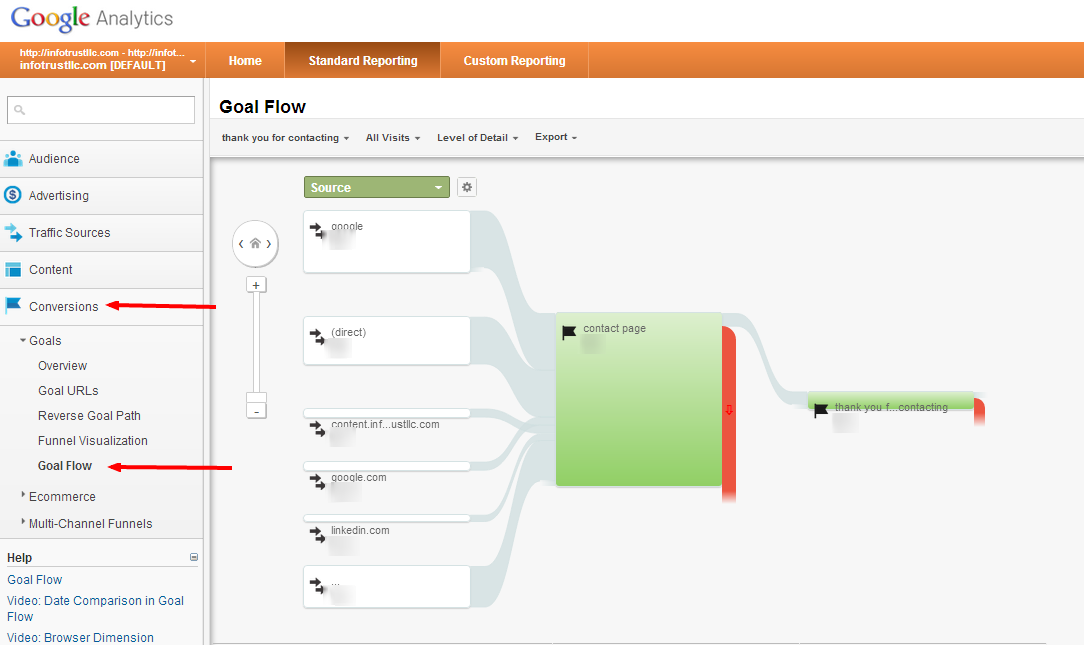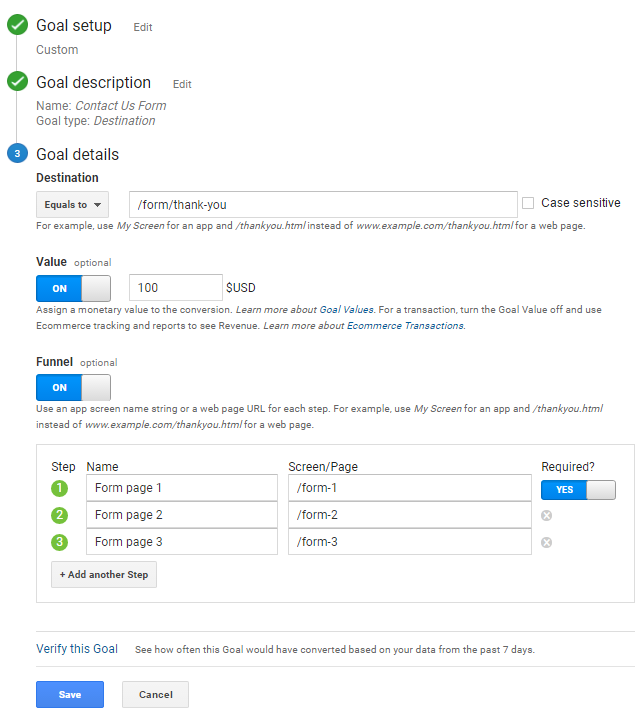What Data Is Google Analytics Goals Unable to Track: A Total Guide
What Data Is Google Analytics Goals Unable to Track: A Total Guide
Blog Article
Debunking Google Analytics Limitations: Reveal What Information Goals Can not Track
In the realm of digital analytics, Google Analytics stands as a powerful device that gives beneficial understandings into site performance and customer actions. However, amidst its abilities, there exist constraints that frequently go unnoticed. Recognizing what Google Analytics can not track is important for a comprehensive understanding of data analysis and decision-making procedures. From the complexities of individual interaction with vibrant material to the intricacies of cross-device individual journeys, these constraints lost light on areas that might stay obscured from conventional analytics perspectives. By untangling these restrictions, a more clear picture emerges, permitting for more enlightened strategies and improved insights into customer interaction and conversions.

Individual Interaction With Dynamic Material
User interaction with dynamic web content plays a vital function in understanding individual actions on websites and enhancing the general user experience. Dynamic material describes elements on a website that can transform without the requirement for a complete web page reload. This consists of interactive elements such as pop-ups, sliders, forms, and videos that react to customer actions in real-time. By tracking user interactions with dynamic web content, internet site owners can acquire important understandings into individual interaction, choices, and actions.
Google Analytics supplies numerous devices to track customer communications with dynamic material, such as event monitoring and digital pageviews. Occasion tracking allows you to monitor specific customer activities, like clicking a button or viewing a video, providing information on exactly how individuals communicate with dynamic elements. Digital pageviews can be made use of to track communications that do not cause a new page load, giving a thorough sight of customer interaction with dynamic content. By analyzing this information, web site owners can make informed choices to improve user experience and drive conversions.
Cross-Device User Journeys
How can modern analytics tools track the complicated courses customers take across numerous devices in their on-line journeys? Cross-device individual trips present a significant difficulty for monitoring and examining user habits properly. As users connect with sites or applications using different tools such as smart devices, desktops, and tablets, it ends up being essential to recognize just how they move between these platforms to enhance customer experience efficiently.
Google Analytics deals with constraints in tracking cross-device customer trips as a result of personal privacy concerns and technical constraints - what data is google analytics goals unable to track. While it can supply understandings right into specific tools' communications, tracking a smooth customer journey across multiple gadgets stays a difficulty. This limitation can lead to insufficient information and fragmented user insights, making it tough for organizations to create a unified view of the client journey
To address this problem, organizations can use innovative analytics tools that use cross-device monitoring capabilities, permitting them to gain a more all natural understanding of user actions. By leveraging these devices, businesses can bridge the void in tracking cross-device individual journeys and maximize their digital strategies for a smooth individual experience.
Offline Conversions and Attribution
As organizations navigate the challenges of tracking cross-device customer journeys, an additional crucial element to consider is the world of offline conversions and attribution in the realm of information analytics. While Google Analytics supplies valuable understandings right into online customer behavior, it drops short when it pertains to tracking conversions that occur offline. This restriction poses a significant obstacle for organizations that have both online and offline sales networks.
Offline conversions, such as purchases made in physical stores or via telephone call centers, are necessary to comprehending the complete client journey. Without the capability to attribute these offline conversions to details on-line communications, services may struggle to precisely measure the impact of their electronic marketing initiatives.
To address this void, companies can discover alternate services such as incorporating CRM systems with on-line analytics tools or making use of unique coupon codes that can be mapped back to online projects. By bridging the space in between online and offline data, companies can obtain a more comprehensive understanding of their customers' actions and enhance their total advertising and marketing strategies.
Person Customer Identification
In the world of information analytics, the capacity to properly recognize individual users throughout various on the internet touchpoints is an important obstacle for organizations looking for to individualize and maximize their advertising methods. While Google Analytics gives beneficial understandings right into individual actions and interactions, it drops brief in making it possible for the recognition of details individuals because of privacy issues and technical limitations. Google Analytics utilizes special identifiers such as cookies to track individual sessions and behavior, but these do not relate to recognizing specific customers in an individual sense.

Data From Secure Pages
Regardless of the boosting occurrence of safe pages on web sites, obtaining information blog from these encrypted sources provides a distinct challenge for electronic analytics systems like Google Analytics. Protect web pages, indicated by HTTPS in the link, encrypt information exchanged between the customer's web browser and the internet site's web server to ensure privacy and protection. While this encryption is crucial for securing delicate information, it additionally poses restrictions for tracking customer habits and gathering analytics data.
Google Analytics deals with barriers in collecting in-depth details from protected web pages as a result of the security protocols in place. As an outcome, particular data points such as recommendation resources, keyword searches, and also some individual communications may not be completely caught when individuals access a site via a secure connection. This limitation can affect the precision and completeness of the data analysis, resulting in spaces in recognizing customer habits and choices on secure pages.
To navigate this challenge, digital experts may need to explore alternative tracking methods or leverage other tools particularly developed click here now to gather insights from secure pages. By adjusting methods to fit these constraints, organizations can still acquire important analytics in spite of the restrictions provided by encrypted connections.
Conclusion
In conclusion, Google Analytics has restrictions in tracking individual interaction with vibrant web content, cross-device individual journeys, offline conversions, specific customer recognition, and data from protected pages. These constraints impede a thorough understanding of customer habits and may bring about spaces in data evaluation. Regardless of its beneficial understandings, Google Analytics might not give a full photo of customer involvement throughout different touchpoints. It is crucial for businesses to be aware of these constraints and think about additional devices for a much more alternative sight of their information.
User communication with vibrant material plays a crucial role in understanding individual actions on sites and maximizing the overall individual experience. By tracking individual communications with dynamic material, internet site owners can get useful insights into customer engagement, preferences, and habits.
Google Analytics utilizes unique identifiers such as cookies to track customer sessions and actions, but these do not equate to determining individual customers in an individual feeling.
As a result, certain data factors such as reference resources, keyword searches, and even some user interactions may not be completely caught when customers access a website through a protected connection.In final thought, Google Analytics has limitations in tracking individual communication with vibrant web content, cross-device customer trips, offline conversions, specific customer identification, and data from safe look at this website and secure web pages.
Report this page